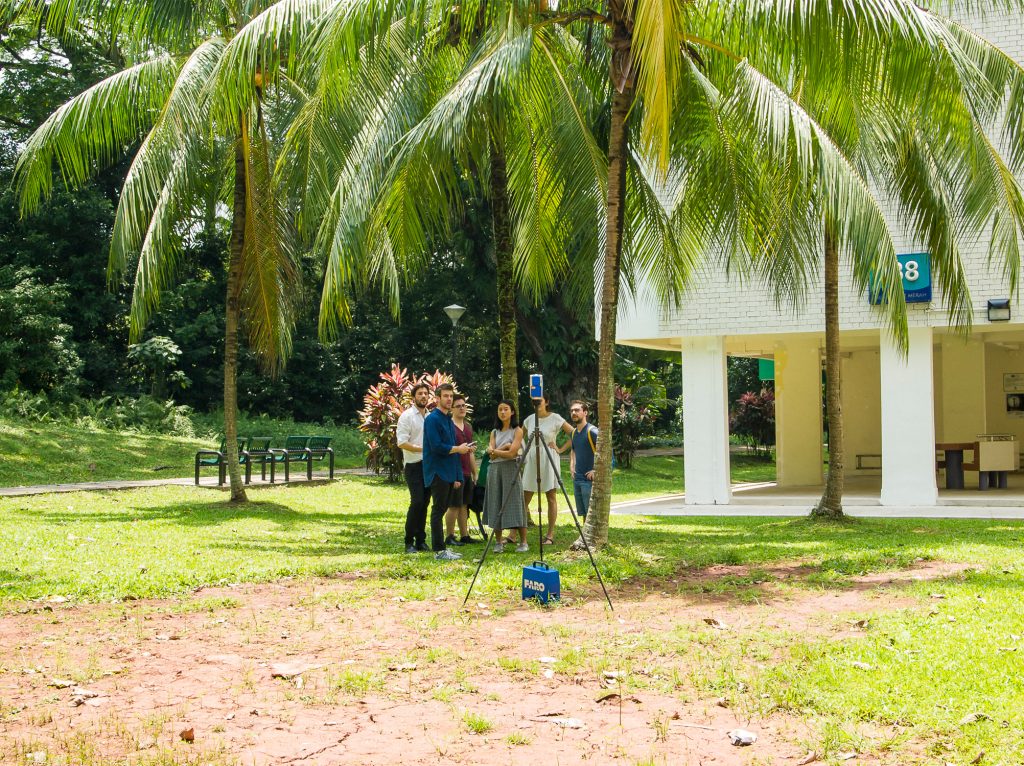
AUTHOR
Samuel Schlaefli , Globe magazine
PHOTOGRAPHER
Lina Meisen
DESIGN STUDIO
FS2018 | Singapore Hot…Singapore Cool
SEMINAR WEEK
FS2018 | Singapore Hot…Singapore Cool
LINK
Sweating for a cooler Singapore
Students from the Institute of Landscape Architecture are planning some natural ways to cool the heat-afflicted metropolis of Singapore. Their testing ground is a disused railway line reclaimed by nature and converted into a tropical recreation area.
Green spaces to cool the city
Girot’s colleagues at the Future Cities Laboratory – an urban research group at the Singapore-ETH Centre – are hoping to break the vicious cycle of self-heating cities. As part of the large-scale project Cooling Singapore (see box), they are working together with partner universities to develop a roadmap by the middle of this year that will offer measures designed to cool the city down.
The Bachelor’s and Master’s students who Girot has brought to Singapore as part of his three-month seminar Singapore hot, Singapore cool are here to help with that project. The testing ground is a 24-kilometre-long green space known as the Rail Corridor, a disused railway line that stretches from Malaysia in the far north of the island down to the port in the south. It was built at the turn of the century under British colonial rule. In 1918, the British handed over ownership to Malaysia, which ceased operating the line in 2011. Everything that was easy enough to remove was taken back to Malaysia, including the rails, signals and signs. What remained was a largely undeveloped green space, a corridor that nature has gradually reclaimed. Today, one million people live within a one-kilometre radius of the Rail Corridor – a space that offers tremendous potential for the city-state.
“The value of urban green spaces has been rising for years,” says Girot. “Not just for decorative purposes like before, but because they are increasingly taking on key functions.” Researchers have shown that green areas contribute to a more comfortable climate in urban environments. What’s more, targeted landscape architecture interventions can unlock further potential benefits such as using wind and water to cool the environment. “Urban planning in the 21st century is increasingly about landscape planning,” insists Girot, an award-winning landscape architect. “It will play a key role in giving cities a more liveable climate in the future.”
Samuel Schlaefli
This workshop was organised by the Berkeley Center for New Media and part of the event ‘The Past is Present: Virtuality, Archaeology, and the Future of History’. This interdisciplinary event brought together scholars, students, technology innovators, and cultural heritage workers in conversation about new methods and tools which are shaping their work.

